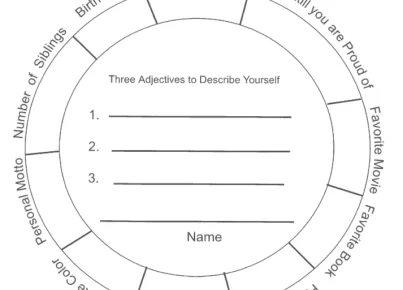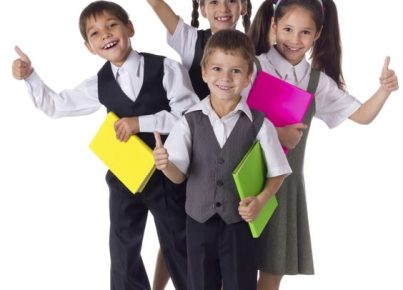Introduction
In recent years, personalised learning has gained significant attention as a promising approach to meeting the diverse needs and expectations of students in the classroom. Personalised learning refers to the process of tailoring instructional strategies, resources, and pacing to address individual student needs. Beyond addressing a learner’s unique strengths and weaknesses, it also takes into account their interests, preferences, and motivations.
This article presents a case study of a successful implementation of personalised learning strategies in a middle school. Through examining the specific practices employed and reviewing student achievement data gathered before and after this implementation, we aim to provide valuable insights for educators looking to incorporate personalised learning techniques in their classrooms.
Case Study: The ABC Middle School
Background
ABC Middle School is located in an urban setting, serving more than 800 students across grades 6-8. The multilingual student population is drawn from diverse socio-economic backgrounds. The school had been struggling with low academic achievement, high dropout rates, and disengaged learners.
To address these challenges, the school administration initiated a personalised learning pilot project in partnership with external consultants who provided training for teachers and resources for the classrooms.
The Implementation Process
1. Data-Driven Approach: The first step was to conduct an initial assessment of each student to identify their learning needs. Teachers used diagnostic assessments in reading, writing, math, and social studies to gather this crucial information.
2. Flexible Grouping: Using the assessment data as a guide, teachers created small groups of students that shared similar skill levels or interests. These groups were flexible; students could move from one group to another as they made progress or discovered new areas of interest.
3. Choice Boards: Teachers designed choice boards with various learning activities catering to different learning modalities (visual, auditory, kinesthetic), allowing students to take more control over their own education.
4. Multimodal Instruction: Instruction materials were made available in various formats (text, video, audio) to suit students’ learning needs and preferences.
5. Regular Feedback and Reflection: Teachers conducted weekly check-ins with each student to discuss progress, provide targeted feedback and support, and adjust learning plans as needed.
Outcomes
After implementing personalised learning strategies for one academic year, ABC Middle School saw significant improvements in student achievement and engagement:
1. Improved test scores: Reading test results showed a 15% growth in proficiency rates, while math scores demonstrated an 18% success rate increase compared to the previous year.
2. Enhanced learner motivation: Student surveys reported significantly higher levels of motivation and satisfaction with their learning experiences.
3. Reduced behavioral issues: Referrals for discipline dropped by 10%, indicating increased student engagement in their coursework.
4. Increased attendance rates: With more engaging content that catered to individual needs, attendance rates also improved by 5%.
Conclusion
This case study demonstrates that personalised learning can have a profound impact on student achievement and satisfaction within the classroom when implemented thoughtfully. While the transition to personalised learning requires time and effort from educators, it helps foster a more inclusive and equitable learning environment for all students.
As schools increasingly move towards personalised education models, sharing best practices and success stories such as this will continue to be crucial in shaping the future of education.





